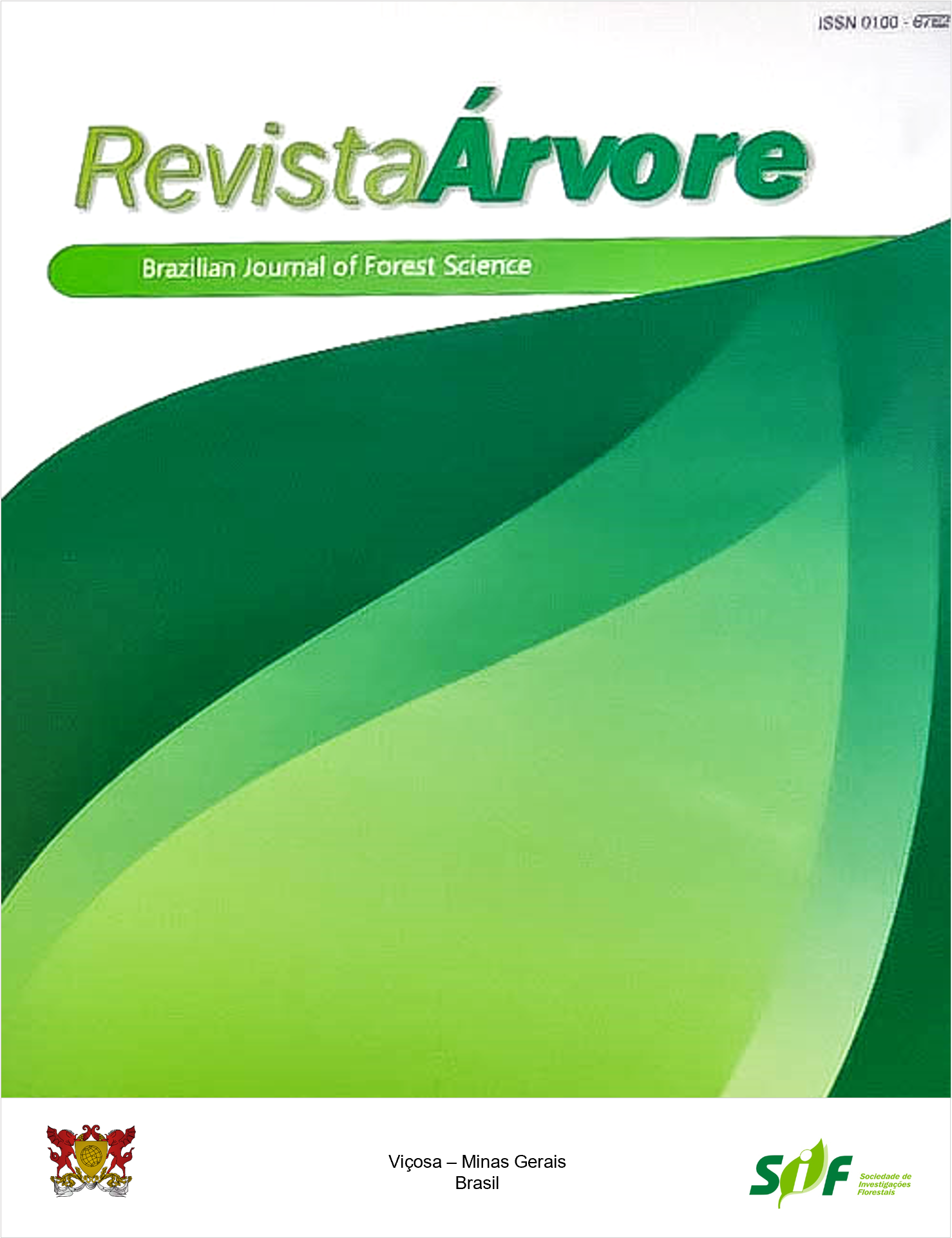VEGETATIVE RESCUE AND PROPAGATION OF NATIVE Ilex paraguariensis POPULATIONS IN SANTA CATARINA STATE, BRAZIL
Keywords:
Cutting, Detached branches, Erva-mateAbstract
When producing Ilex paraguariensis seedlings through vegetative propagation, selecting the correct populations and genotypes, and obtaining juvenile material, may be fundamental for its success. Therefore, this search aimed to test its vegetative propagation through cutting and rescue using detached branches of different populations in Santa Catarina state, Brazil. Thus, two experiments were installed in September 2019 in order to test: I) the cuttings of four populations belonging to the municipalities of Catanduvas (CT), Painel (PL), Três Barras (TB), and Urupema (UR), using ten randomly chosen genotypes from each, and; II) the epicormic sprouting of detached branches from these same populations. Both experiments were carried out in Lages, Santa Catarina. In February 2020, the cutting was evaluated according to the percentages of survival, callus, rooting, new sprouts, and original leaves permanence. The branches were evaluated every 30 days after storing, observing the percentages of sprouting branches, number of sprouts, and length of sprouts in centimeters. As for cutting, there was a low survival percentage in all populations (<15%), but some genotypes presented greater vigor, such as TB1 (46%), TB7, and TB3 (both 28%). Most live cuttings presented calluses (>70%), characteristic of material of high maturity. Rooting was low for populations (<1.5%) and genotypes (<10%). Branches presented sprouts up to 60 days, with TB presenting the highest total number of sprouts (approximately 300) and the greatest average length (2.8 cm). In general, survival and rooting of cuttings were affected by both populations and genotypes, highlighting TB. A similar response was observed for the branches’ sprouting. New studies with more populations, further analyses of the branches’ characteristics, and better storage conditions are recommended.
Keywords: Cutting; Detached branches; Erva-mate
Downloads
Published
How to Cite
Issue
Section
License
All authors agreed to submit the work to Revista Árvore and granted the exclusive license to publish the article. The authors affirm that it is an original work and has not been previously published elsewhere. The scientific content and opinions expressed in the article are the sole responsibility of the authors and reflect their opinions, not necessarily representing the opinions of the editorial board of Revista Árvore or of the Society of Forest Investigations (SIF).




